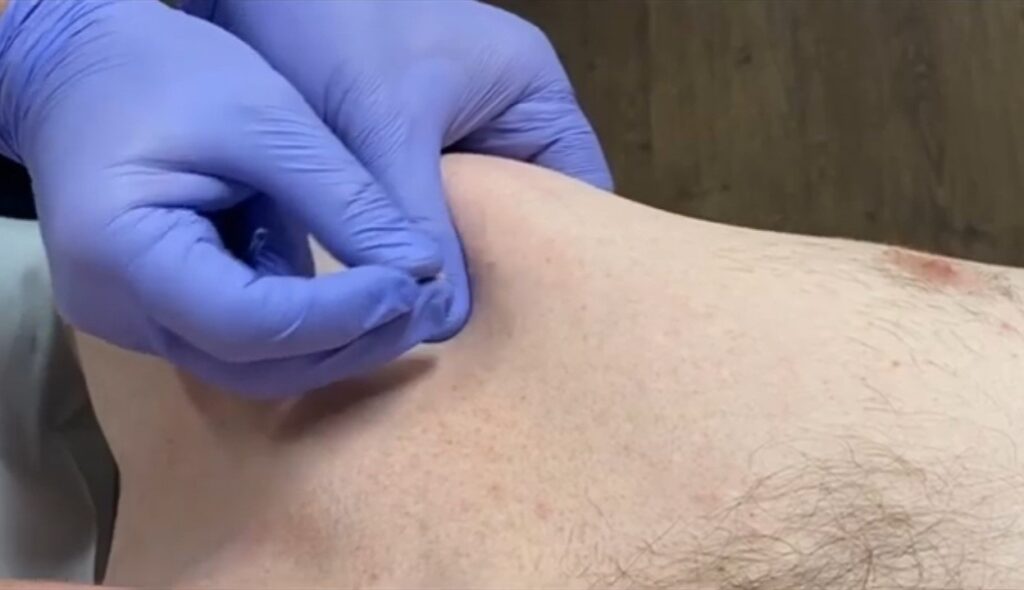Introduction:
The chest, a cornerstone of our physical structure, plays a pivotal role in our well-being. Conditions and deformities affecting this area can lead to discomfort and limited mobility. While traditional treatments have their place, an emerging therapy is gaining acclaim for its efficacy: dry needling. In this blog, we delve into the world of dry needling for chest conditions and deformities, showcasing its potential to provide relief and improve overall quality of life.
Understanding Dry Needling:
Unlike acupuncture, which targets energy flow, dry needling zeroes in on muscle tension and pain. This therapeutic technique involves inserting thin needles into specific trigger points or muscle knots within the chest area. The aim? To release tension, enhance blood flow, and ignite the body’s innate healing mechanisms.
Common Chest Conditions and Deformities:
- Costochondritis: Characterized by inflammation in the cartilage connecting ribs to the breastbone, costochondritis induces sharp chest pain, particularly during deep breathing or coughing.
- Pectus Excavatum: This congenital condition results in a concave or “caved-in” appearance of the chest. It can lead to breathing difficulties and self-esteem concerns.
- Tietze Syndrome: Pain and swelling at the junction of ribs and sternum define this syndrome. It can mimic heart attack symptoms, causing distress.
- Thoracic Outlet Syndrome: This condition involves compression of nerves and blood vessels in the chest and shoulder region, leading to pain, numbness, and weakness in the upper extremities.
How Dry Needling Can Help:
- Muscle Relaxation: By addressing muscle tension in the chest area, dry needling provides relief from pain and discomfort associated with chest conditions and deformities.
- Improved Circulation: Dry needling promotes increased blood flow to affected areas, facilitating reduced inflammation and supporting tissue repair.
- Pain Management: It serves as an integral part of pain management, potentially reducing dependence on pain medications for those with chronic chest pain.
- Enhanced Mobility: Individuals with chest deformities may experience improved chest expansion and breathing following dry needling sessions, leading to an enhanced quality of life.
The Dry Needling Process:
During a session, a qualified healthcare provider skillfully inserts thin needles into specific trigger points or tight muscle bands in the chest area. Patients may experience a mild sensation, described as a deep ache or muscle twitch. Needles are typically left in place briefly before removal. Many experience immediate relief, with continued improvement over subsequent sessions, although the required number can vary based on condition severity.
Conclusion:
Dry needling offers a promising approach to managing chest conditions and deformities. It provides a holistic means to alleviate pain, improve mobility, and enhance overall well-being. For those grappling with chest-related challenges, consulting a qualified healthcare provider to explore the potential benefits of dry needling within a comprehensive treatment plan is a step toward a more comfortable and fulfilling life.

